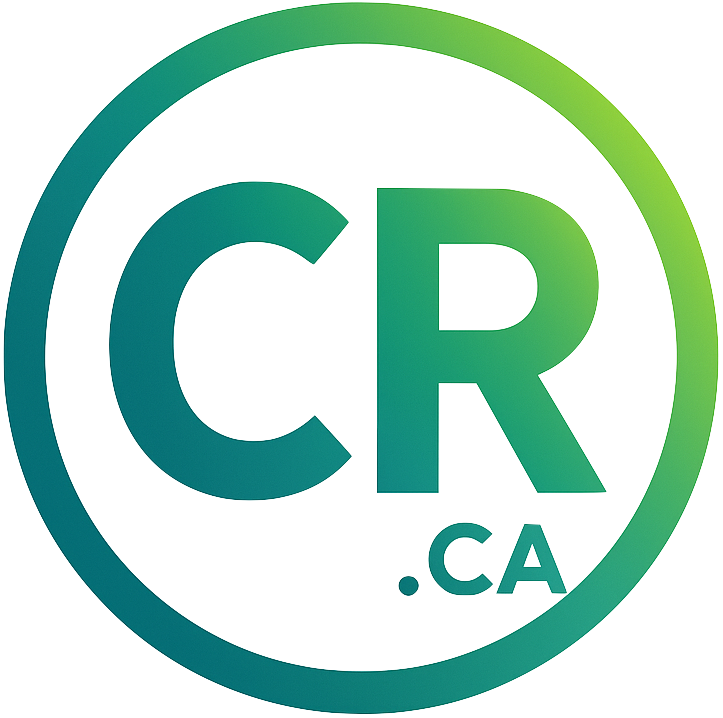Same car,
better deal.
How to Declare Bankruptcy in Canada (Step-by-Step Guide)
💡 Introduction
Declaring bankruptcy in Canada is never an easy decision — but for many Canadians, it’s the reset button that helps them get back on their feet financially.
Bankruptcy offers a legal way to eliminate most debts when you can’t pay them back, giving you a chance to start over. However, it’s important to understand what it means, how it works, and what other options you might have — like refinancing your car loan or consolidating debt through platforms such as CarRefinancing.ca.
🧾 Step 1: Understand What Bankruptcy Means
Bankruptcy is a legal process governed by the Bankruptcy and Insolvency Act (BIA).
When you declare bankruptcy, you surrender your non-exempt assets to a Licensed Insolvency Trustee (LIT), who uses them to repay your creditors.
In exchange, you get protection from collection calls, wage garnishments, and lawsuits — and after a certain period, your eligible debts are discharged (forgiven).
Common debts eliminated by bankruptcy:
- Credit cards 💳
- Payday loans 💸
- Personal loans
- Lines of credit
- Utility bills
Debts not eliminated:
- Student loans less than 7 years old
- Child/spousal support
- Court fines
- Certain government overpayments
🧑⚖️ Step 2: Meet with a Licensed Insolvency Trustee (LIT)
You can’t declare bankruptcy on your own — it must be done through an LIT, who’s federally regulated by the Office of the Superintendent of Bankruptcy (OSB).
Your first consultation is usually free.
During that meeting, the trustee will:
- Review your debts and assets
- Explain your options (bankruptcy, consumer proposal, or repayment plan)
- Calculate your monthly income and expenses
- Recommend the best path forward
💡 Tip: Always meet with at least two trustees before making a decision — fees and communication styles can vary.
📄 Step 3: File the Necessary Paperwork
If bankruptcy is your best option, your LIT will prepare all required documents, including:
- Statement of Affairs – a list of your debts, income, and assets
- Assignment in Bankruptcy – the official declaration
Once filed, your “stay of proceedings” begins — meaning your creditors must immediately stop all collection activity.
Example:
If you owe $25,000 in credit card debt and are being sued, bankruptcy freezes those lawsuits and stops wage garnishment instantly.
💰 Step 4: Understand the Costs of Bankruptcy
The cost of bankruptcy depends on your income, assets, and family size.
Typical costs:
- First-time bankruptcy: Around $1,800–$2,500 total (usually paid monthly over 9–21 months).
- Second bankruptcy: Often more costly and lasts longer (24–36 months).
If you have a higher income, you might be required to make “surplus income payments” — additional monthly payments to your trustee.
💡 Trick: If your income increases during bankruptcy, your trustee must be notified — so keep them updated to avoid surprises.
🕒 Step 5: Attend Financial Counselling Sessions
You’ll need to attend two mandatory financial counselling sessions with your trustee.
These sessions help you:
- Understand what led to financial trouble
- Learn budgeting and money management skills
- Build better credit habits for the future
💬 Example: Many people use these sessions to learn how to rebuild credit using a secured credit card or a small refinance loan after discharge.
📆 Step 6: Complete Your Bankruptcy and Get Discharged
For a first-time bankruptcy, discharge can happen as early as 9 months if you:
- Complete all payments
- Attend both counseling sessions
- Cooperate with your trustee
Once discharged, your eligible debts are legally erased, and you can begin rebuilding your financial life.
⚠️ Step 7: Understand the Credit Impact
Your credit report will show:
- “Bankruptcy” notation for 6 years after discharge (first bankruptcy)
- “Bankruptcy” notation for 14 years after a second bankruptcy
While that sounds serious, many people start rebuilding credit sooner than expected. Within 12–24 months, you may qualify for a car loan refinance or secured credit product — especially if your income is stable.
💡 Pro Tip: Platforms like CarRefinancing.ca can help discharged individuals refinance their car loan at a lower rate once they re-establish credit.
🧠 Alternatives to Bankruptcy
Before filing, ask your trustee or a financial advisor about alternatives that can protect your credit:
- Consumer Proposal:
- Legally binding, like bankruptcy, but you keep your assets.
- You repay a portion of your debt over up to 5 years.
- Debt Consolidation Loan:
- Combine multiple debts into one payment.
- Lower interest, simpler payments.
- Car Loan Refinancing:
- Lower your monthly car payment and free up cash flow.
- Apply at CarRefinancing.ca to see if you qualify.
🧭 Life After Bankruptcy: Rebuilding Credit
Here’s how to rebuild your credit after discharge:
- ✅ Get a secured credit card
- ✅ Pay bills and rent on time
- ✅ Keep credit utilization below 30%
- ✅ Consider refinancing your car loan to show consistent on-time payments
- ✅ Monitor your credit report regularly
💬 Example: Someone earning $4,000/month who refinances a $20,000 vehicle at a fair rate and makes every payment on time for 18 months could rebuild enough credit to qualify for a mortgage or line of credit.
🚗 Final Thoughts
Declaring bankruptcy in Canada doesn’t mean you’ve failed — it means you’re taking control. It’s a legal, structured way to start over.
If you’ve gone through bankruptcy or are trying to avoid it, CarRefinancing.ca can help you find ways to lower your payments, consolidate debt, or free up extra cash while protecting your credit.
👉 Apply today at
CarRefinancing.ca to see what you qualify for.
Refinancing a car in Canada is
easy. 💪
Refinance your car loan to get a lower interest rate and lower payment.
There's no obligation.

